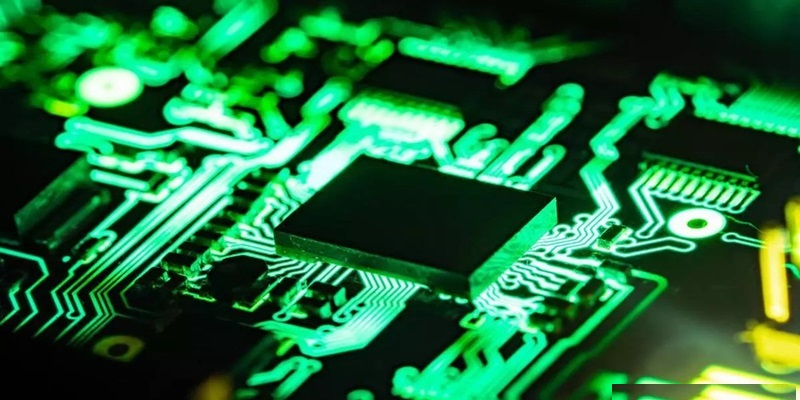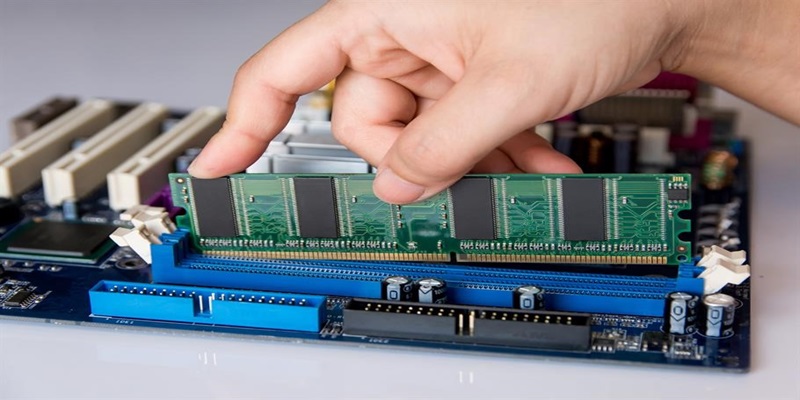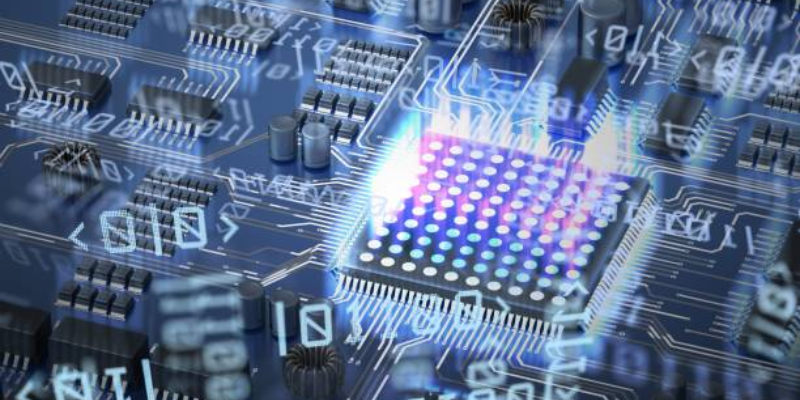Revolutionizing Electronic Devices with Graphene Technology
Author: Elison
As you move into future cutting-edge electronic technology, a new material waits for you: graphene. With its single layer of a hexagonal arrangement of carbon atoms, it holds extraordinary capabilities that make it perfect for future electronic gadgets. Learn about how graphene's unparalleled conductibility, high strength, and high flexibility are opening new doors for thinner, faster, and more efficient gadgets. From smartphones to wearables, your gadgets will soon become forever changed with graphene.
Graphene: Next-Big Thing
Graphene, a single layer of a hexagonal arrangement of carbon atoms, is soon to change the face of electronic device technology forever. With impressive capabilities, this extraordinary material is perfect for future electronic gadgets.
Superb Conductivity
Graphene's unparalleled electrical conductibility is even better than that of copper, with the potential for even faster information transmission and efficient energy delivery. With its properties, ultra-high-speed processors and chips can be developed, taking computer processing to new dimensions.
Thermal Handling Capabilities
Graphene's high thermal conductibility makes it a perfect material for thermal management in electronic gadgets. By effectively dispersing heat, electronic parts with a graphene base can run at high velocities and not overheat, creating powerful and reliable gadgets.
Optical Properties
Graphene's transparency and ability to work with light make it perfect for future touchscreens and solar panels. Displays with a base in graphene could have brighter, more efficient, and quick-to-respond screens with less energy consumption.
Graphene's Exceptional Properties and Uses

Graphene, a single layer of a hexagonal arrangement of carbon atoms, has extraordinary capabilities that make it a breakthrough in electronic device technology. With its high strength, flexibility, and conductibility, a new era for future technology opens with a base in graphene.
Exceptional Strength and Flexibility
Despite being a single atom thick, graphene is incredibly strong—about 200 times stronger in proportion to its weight in relation to steel. With its high level of durability and malleability, long-lasting but flexible electronic gadgets can be produced. With foldable smartphones that do not break and shape-molding technology, one can only dream!
Superiority in Electricity and Heat Conduction
The atom configuration in graphene enables its unparalleled efficiency in the conduction of electrons and heat. It can conduct electrons at a velocity 250 times that of silicon, the electronic benchmark of today. With its properties, such gadgets become not only speedy but even efficient in terms of energy, lasting for a long duration and producing less heat output.
Optical Transparency and Conduction of Lights
One of graphene's most astounding capabilities is its near-transparency, with an absorption of a mere 2.3% of incident lights. This property makes transparent electrodes for touchscreens, solar cells, and LED panels a reality. Its ability to absorb an entire range of lights also makes new and upgraded photovoltaic cells and optical sensors a reality.
The Role of Graphene in Next-Generation Electronics

Revolutionizing Electronic Performance
A single sheet of atoms in a hexagonal configuration, graphene is about to revolutionize electronic technology. With its astounding capabilities, such wonder material is perfect for future gadgets. With its unprecedented conduction, electrons can move at a velocity even faster than in traditional semiconductors, opening doors for processors and chips with ultra-high processing powers.
Flexibility and Durability
One of graphene's most astounding capabilities is its malleability. With this property, flexible smartphones, gadgets, and even clothes have become a reality. With its high level of durability and malleability, even one atom thick, gadgets can become long-lasting and can survive even daily use and abuse.
Improving Energy Efficiency
The world is becoming increasingly aware of its energy use, and graphene offers a solution for electronic devices with less consumption. With its high thermal conductibility, it can dissipate heat promptly, minimizing loss and allowing for smaller forms. This feature can make batteries last longer and gadgets less environmentally taxing.
Facilitating New Capabilities
Graphene's extraordinary capabilities are opening doors to new possibilities. With its use in ultra-sensitive sensors and transparent touchscreens, the material is opening doors to possibilities that seemed impossible in the past. As its capabilities are researched, various electronic gadgets will likely use graphene, taking technology to new dimensions.
Graphene-Based Devices: Changing the Tech Landscape

Liberating Unprecedented Performance
Graphene is about to revolutionize the electronic device industry with its extraordinary capabilities. A single-atom-thick sheet of carbon, graphene possesses tremendous strength, malleability, and conductibility. With such capabilities, graphene is a perfect substance for future electronic gadgets, providing unprecedented performance and efficiency.
Enhancing Existing Products
The integration of graphene into current technology is already producing astounding performance improvements. With smartphones featuring batteries with a graphene boost, charging times become shorter and duration extends. Computer processors with a boost of graphene parts function at a high pace with less power consumption consumption. Even computer screens use their transparency and conductibility, providing brighter and more sensitive touchscreens.
Beating Challenges
Although it has enormous capabilities, its bulk and integration use are, with challenges, improvements in production and a price drop, its use in gadgets will become widespread in no time. With its use in technology, a new era with increased pace, reduced dimensions, and efficiency is in store for humans.
The Future of Graphene in Electronic Gadget
Transforming Computer Power
Graphene's exceptional electronic performance will revolutionize computer technology. With its high conductibility at incredibly high velocities, processors will become much faster and more efficient compared to current silicon chips. Envision smartphones that can perform complex computations in seconds and supercomputers that effortlessly resolve long-standing, intractable ones.
Flexible and Wearable Electronics
The future of electronic technology is flexible, and graphene is at its helm. Its high malleability and durability make it perfect for developing flexible screens, wearable sensors, and even electronic cloth. Rollable tablets, bright clothes tracking our well-being, and ultra-thin, flexible displays that can wrap into any shape could soon become a reality.
Energy Storage Breakthroughs
The future for storing energy in graphene is no less exciting. With its high conductibility and surface area, batteries could have vastly increased capacity and shorter charging times. Electric cars could drive for long distances between recharging, and our gadgets could charge in seconds, not hours. This breakthrough in storing energy could make renewable energy sources a widespread reality, overcoming the intermittency problem.
Enhancing Connectivity
Graphene could become a driving force in enhancing connectivity to 5 G and beyond. With its capabilities, it is an ideal material for developing high-frequency transistors and antennas, allowing for even increased transmission and connectivity. This could make for unproblematic integration with IoT and smart city infrastructure in the future.
Graphene's Transformative Potential
As you glance towards the future of electronic technology, it is easier to see how graphene can transform the field. Its impact is undeniable with its potential for increased processing, extended battery life, and flexible, long-lasting products. Challenges in commercial production and integration have yet to be overcome, but continuous development and testing move ever nearer to commercial reality for graphene-based electronic technology.



